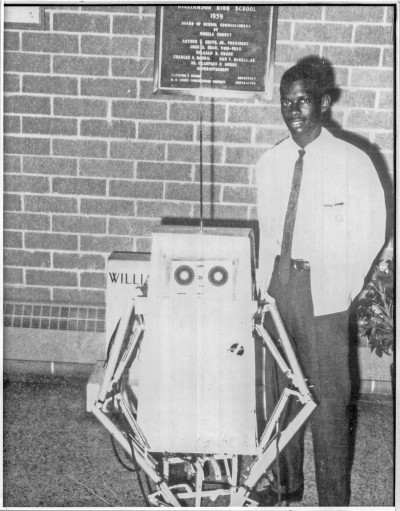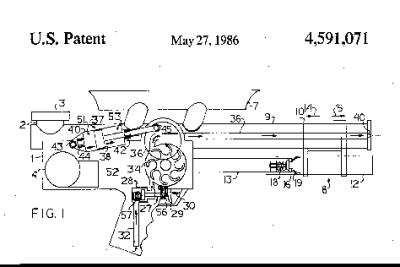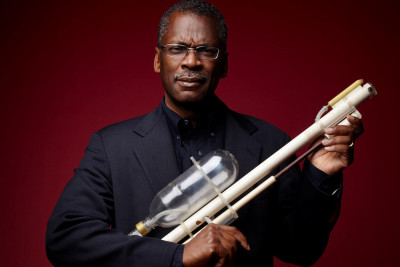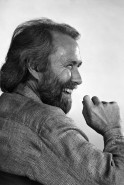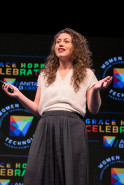Lonnie Johnson was hooking up nozzles to his bathroom sink when he shot a stream of water across the room. He was an engineer at NASA and trying to build a new type of heat pump. But the sudden spurt of water inspired another idea.
“I thought, jeez, it would be neat to have a really powerful toy water gun,” he said.
Johnson’s journey to inventor began in his hometown of Mobile, Alabama. “I’d take my siblings’ toys apart because I wanted to see inside,” he said. In high school he won first place in a regional science fair with a robot he designed himself. He went on to join the U.S. Air Force and then NASA’s Jet Propulsion Laboratory, which sends rovers and satellites to space.
Johnson first came up with the idea for a line of toy water guns — what would later be called the Super Soaker® — in 1982. It took another eight years for his vision to come to life. At first, Johnson wanted to manufacture the product himself. But one company that could help him do this said it would cost $200,000 to produce the first thousand guns. Instead, he decided to learn more about the process of commercializing a product so that he could become more involved.
In 1989, Johnson met the vice president of Larami, a toy company, at a toy conference in New York City. He visited the company headquarters in Philadelphia with a new version of his toy gun with the water bottle on top of the device. In front of the president of Larami, “I took it out and pumped it up and fired it across the room,” said Johnson. The president was wowed. “It was like they had never seen a gun perform like that,” said Johnson. The Super Soaker® finally hit the market in 1990.
Building a model or prototype of an invention to show company executives is important, Johnson found. Otherwise, “it’s difficult for other people to see your dream,” he said. Receiving a patent (U.S. Patent No. 4,591,071) in 1986 for his so-called squirt gun was also crucial. It meant Johnson could stop competing companies from infringing on his invention.
“If you take the risk and do all the development work and then have everyone jump on and eat the benefits away from you, that is unfair,” he said.
The Super Soaker® has earned more than $1 billion in sales over its lifetime, according to the National Inventors Hall of Fame. It was the best-selling toy in the U.S. two years after Johnson first licensed his invention to Larami. The N-Strike line of Nerf dart guns is also based on his patents. In addition to inventing toys, Johnson invented and received more than 200 patents for creations including new types of engines, batteries, and spacecraft.
Despite the tremendous success of the Super Soaker®, one of Johnson's proudest achievements is still the robot he built in his senior year of high school which started him on his lifetime of inventing.
“The key to success is perseverance,” said Johnson. “Nothing else is going to make a difference.”



